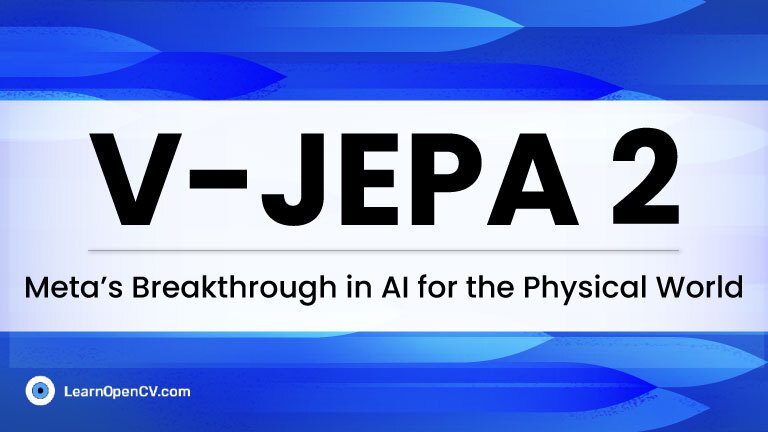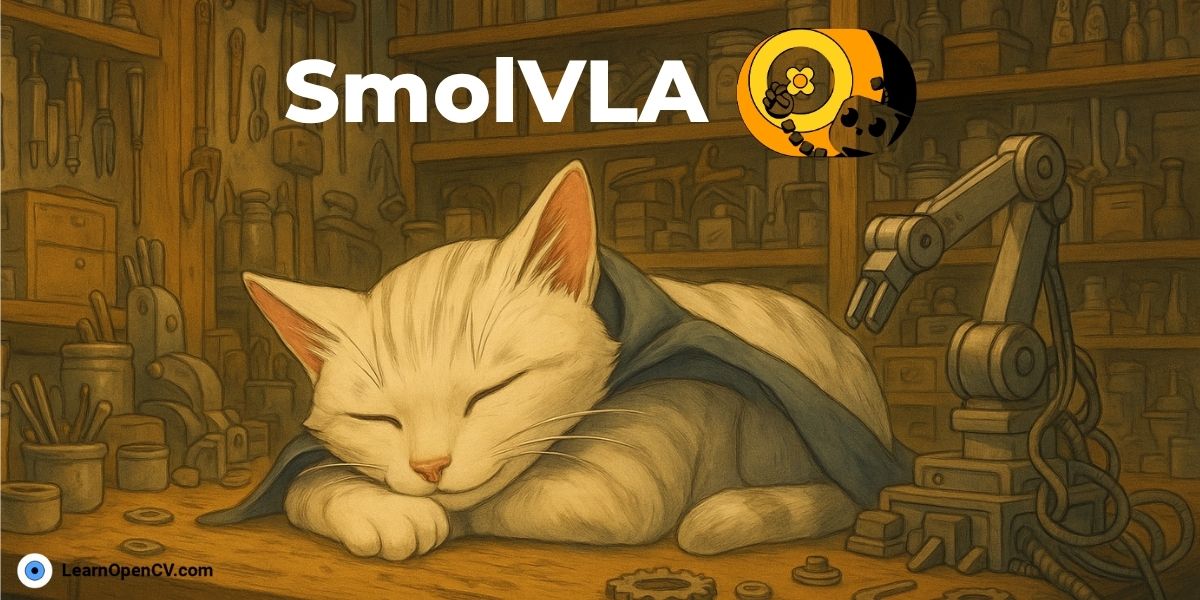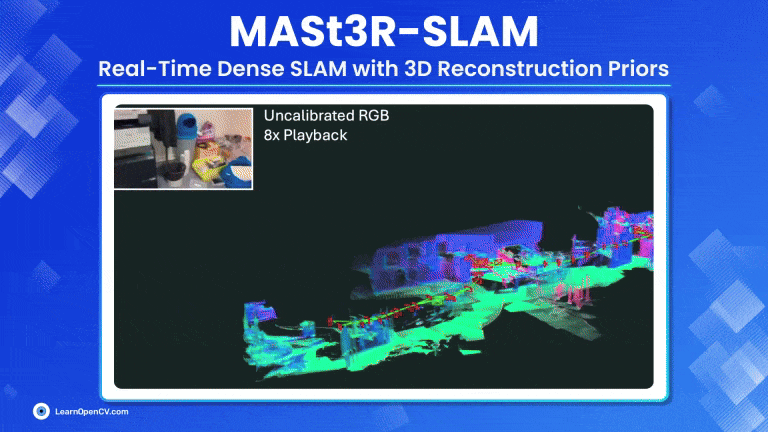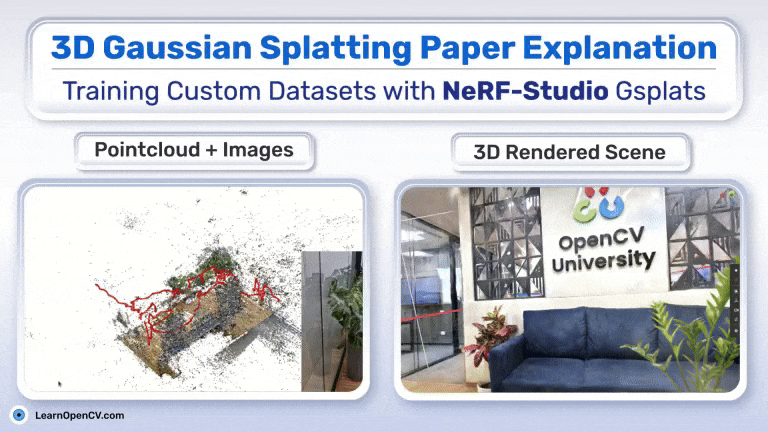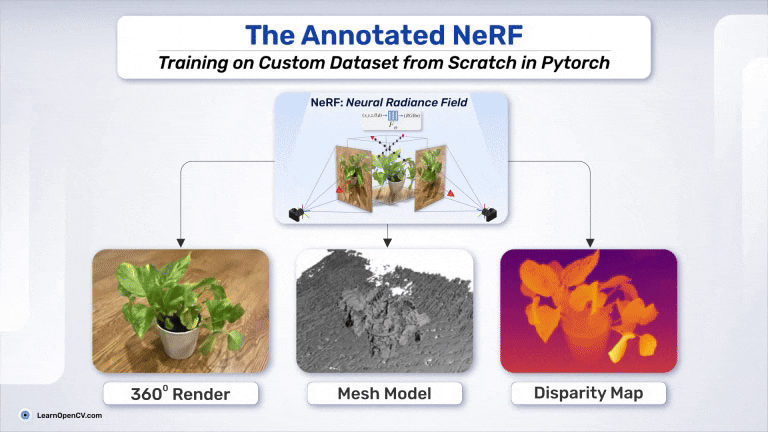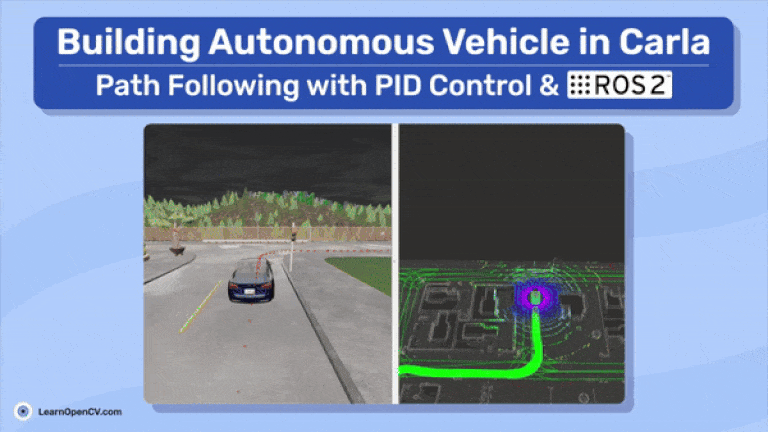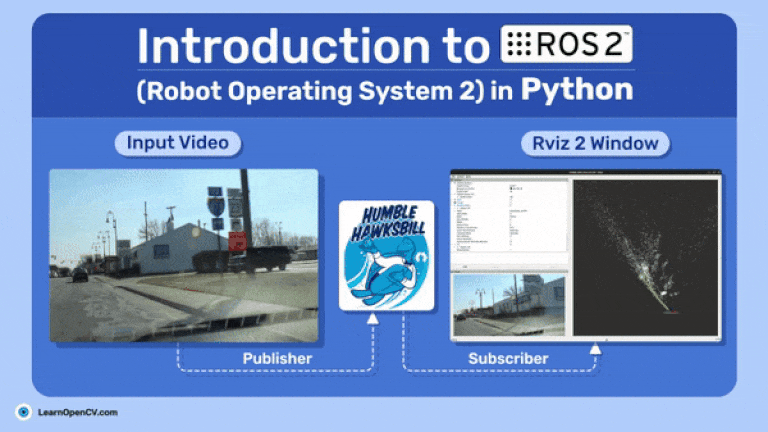Robotics
SimLingo is a remarkable model that combines autonomous driving, language understanding, and instruction-aware control—all in one unified, camera-only framework. It not only delivered top rankings on CARLA Leaderboard 2.0 and
The ultimate goal for many in artificial intelligence is to build agents that can perceive, reason, and act in our complex physical world. Meta AI has made a significant stride
Imagine you’re a robotics enthusiast, a student, or even a seasoned developer, and you’ve been captivated by the idea of robots that can see, understand our language, and then act on that
MASt3R-SLAM is a truly plug and play monocular dense SLAM pipeline that operates in-the-wild. It is first of its kind real-time SLAM system that leverages MASt3R’s 3D Reconstruction priors to
The advent of Generative AI, has fundamentally transformed robotic intelligence, enabling significant strides in how advanced humanoid robots “perceive, reason and act” in the physical world. This huge progress is
3D Gaussian splatting (3DGS) has recently gained recognition as a groundbreaking approach in radiance fields and computer graphics. It stands out as a jack of all trades, addressing challenges that
3D Gaussian Splatting (3DGS) is redefining the landscape of 3D computer graphics and vision — but here’s a catch: it achieves groundbreaking results without relying on any neural networks, not
In recent years, the field of 3D from multi-view has become one of the most popular topics in computer vision conferences, with a high number of submitted papers each year.
Robotics, once a specialized and niche field, has surged into the mainstream with the rapid development of autonomous vehicles, quadruped robots, and humanoids. What’s fueling this revolution? The drive to
LiDAR SLAM is a crucial component in robotics perception, widely used in both industry and academia for its efficiency and robustness in localization and mapping. In robotics perception research, LiDAR
ROS (Robot Operating System) is more than a decade old open-source robotics middleware software, initially developed by two PhD students from Stanford University. Fast-forward to 2024, ROS has evolved into


